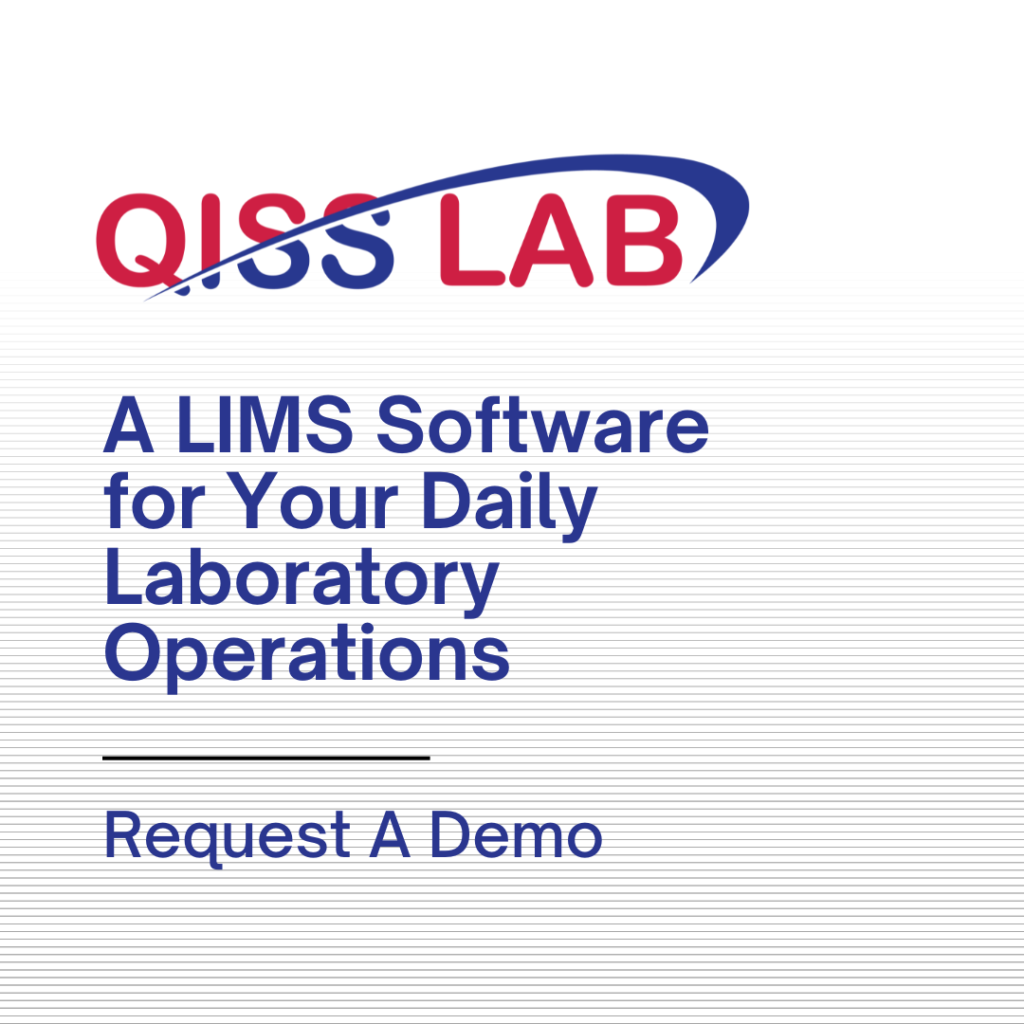CAPA (Corrective and Preventive Action) forms the basis of any Quality Management system. It is an essential part of the whole QMS. To understand why CAPA is the most critical part of any QMS, let us try and understand what CAPA contributes to the entire Quality Management Process.
After a deviation or nonconformity is detected, CAPA forces the organization to take Corrective and Preventive action. Due to this action, your process is put on track. The deviations seen earlier would not be there anymore, leading to defect-free production of goods and services.
What happens if CAPA is not initiated? The answer is very straightforward. If CAPA is not activated, your process will keep on churning out defective or nonconforming products and services. If we are manufacturing an FDA-regulated industry, you can imagine the consequences of such an incidence. Even if it is not an FDA-regulated company, frequent nonconformity will create angry customers. You would start losing customers, thus affecting your bottom line.
The next question is, “How do you handle CAPA?”
One could initiate CAPA in the old-fashioned way of doing it manually, which is laborious and time-consuming. You could also use the technology available to us in the form of software that would automate your CAPA.
QIA has a robust software QISS designed by experts who have gone through all this with the start of QMS ISO 9000 since 1994.
QISS is very user-friendly and can save you time and money.
The CAPA management system in QISS QMS will validate and verify corrective and preventive action. It will automatically communicate the CAPA to relevant responsible persons. Everyone is, therefore, on the same page and knows what needs to be done.
The module would also provide relevant and necessary information for management review and keep records of all the actions that have been taken.
Documentation is key to any continuous improvement process. The simple reason is that you cannot measure the improvement without documentation. Without proper measurement, there is no way of finding out whether progress has been made or not.
Each time a deviation is detected, CAPA would ask you to do a systematic investigation into:
- The root cause of the problem
- Analyze it
- Find the optimum solution.
- Implement it and
- Review it after implementation, thus completing the full loop-Identification, Analysis, Solution, Implementation, and follow up.
Choose suitable software for your business from QISS essential software list. We are always ready to provide you ISO-based QMS services through QISS QMS software.



